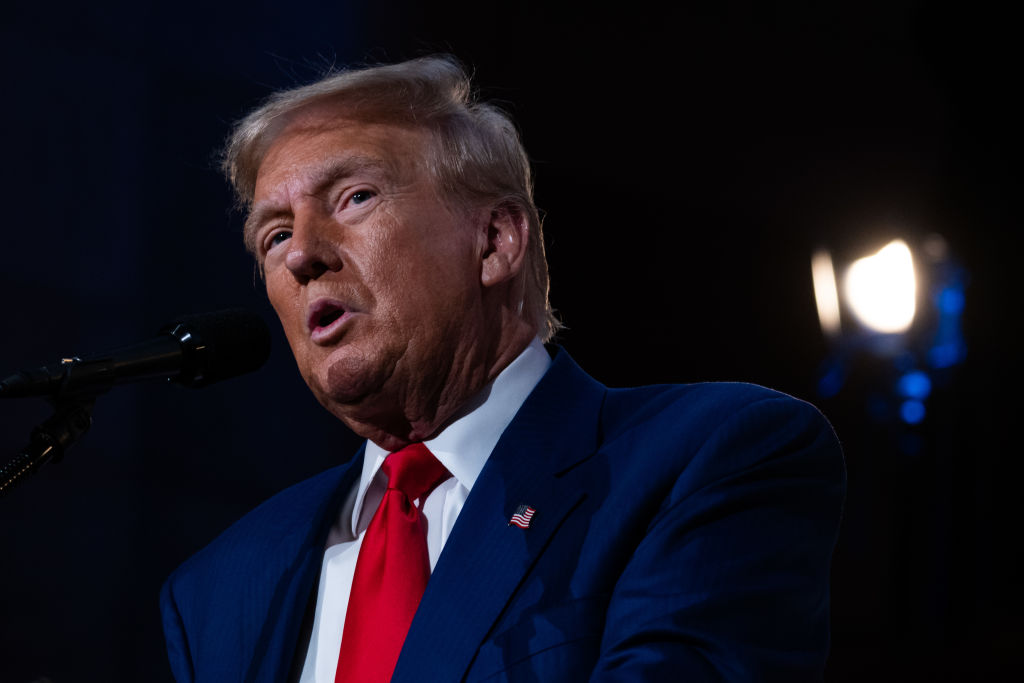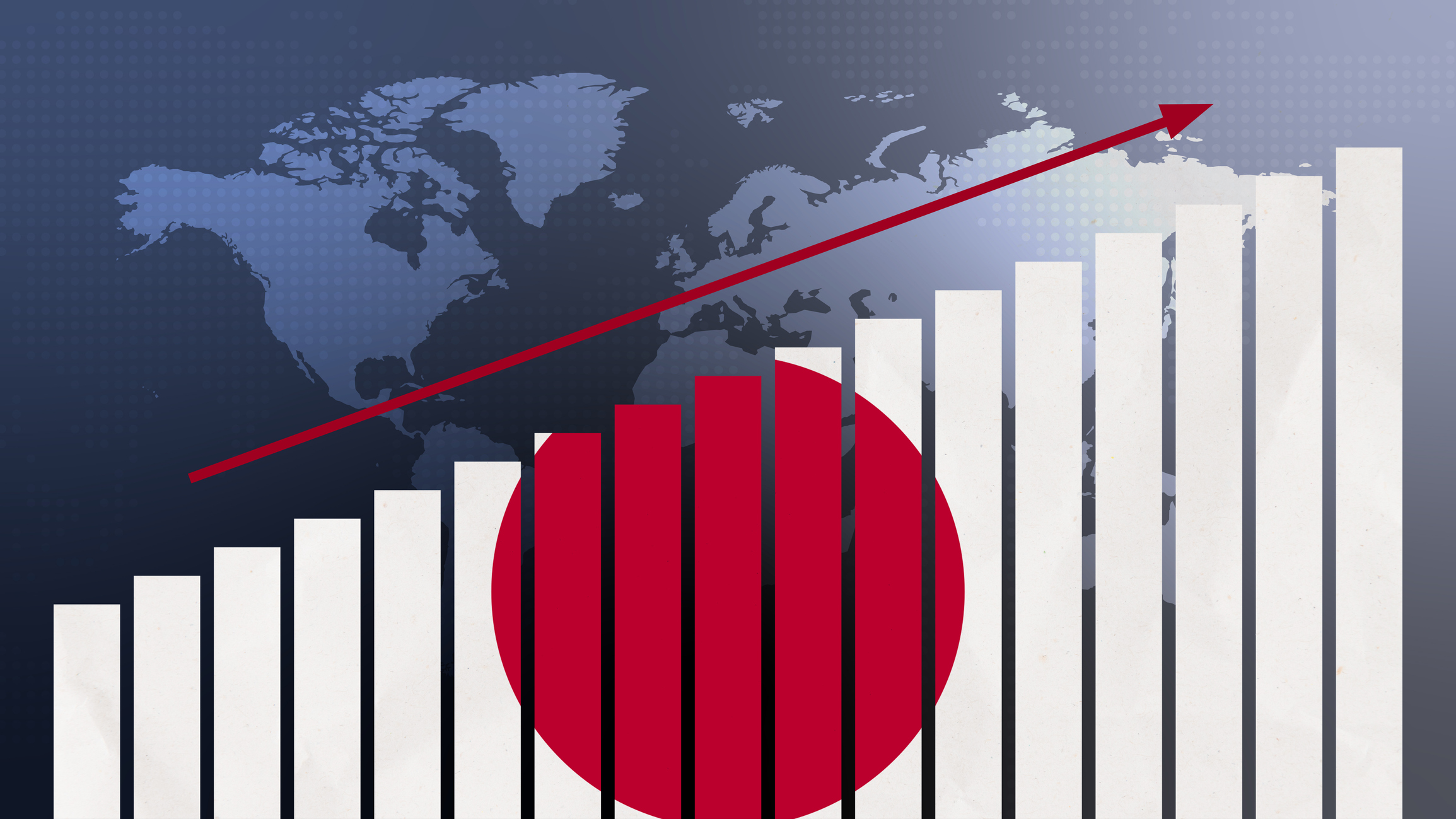Fund Basics: Time to Ditch Your Fund?
Learn to tell the difference between a fund that's hit a speedbump and one that's dropped out of the race completely.
As hard as it can be to decide when to cut your losses on a stock, it's even harder to let go of a losing mutual fund. After all, funds are nurtured by professionals with market know-how. Pervasive buy-and-hold wisdom implies that a fund that's down on its luck has to come back eventually.
That doesn't always happen, of course. And it can be tricky telling the difference between a fund that's hit a speed bump and one that's dropped out of the race entirely. Here are some tactics to help you identify and unload the losers.
Look out for the laggard
The first tip-off that a fund is struggling is usually lagging returns. Negative returns aren't necessarily a reason to run. In fact, if the market is performing lousily, losses should be expected. But funds that consistently return less than their benchmarks—and their peers—are often signaling that more serious trouble is afoot.

Sign up for Kiplinger’s Free E-Newsletters
Profit and prosper with the best of expert advice on investing, taxes, retirement, personal finance and more - straight to your e-mail.
Profit and prosper with the best of expert advice - straight to your e-mail.
Benchmarks are indexes used to measure a fund's performance. Which benchmark to look at depends on what types of companies the fund invests in and is usually listed on the fund's prospectus. For example, mutual funds that invest in large-company stocks typically can be compared to the Standard & Poor's 500-stock index, which measures the performance of 500 of the largest companies in the U.S. stock market. Small-company funds tend to use the Russell 2000 as a benchmark, and mid-size funds tend to use the Russell Midcap index. (For more on the bellwethers and the types of stocks they measure, see Russell Indexes and S&P Dow Jones Indices).
Be wary of new management
If there's a change at the helm, there may be some turnover in the fund's holdings—and that can affect performance, says Deena Katz, a partner with the financial planning firm Evensky & Katz.
You should know how long the manager has been there before you buy into a fund. If there's a change, keep a close eye on returns. If performance starts to deteriorate, you may want to get out.
Watch out for asset shrink—or bloat
Shrinking assets are an obvious sign of investors taking flight from a fund that's gone bad. But burgeoning assets can signal trouble too. For small cap—especially microcap—funds, too much money can cramp the manager's investing style. At that point, the fund usually has two options: It can close its doors to new investors or it can keep trying to manage the massive inflow, at least initially by parking the money in cash holdings.
But if the managers aren't buying stocks with your money, you're not getting the fund that you originally bought into, Katz says. She points to Fidelity Magellan (FMAGX), whose assets shot up so astronomically in the mid '80s that even then-manager Peter Lynch said the fund would never be the same.
Think it through
Ultimately, deciding to cut a fund loose takes careful consideration. Look at the fund's overall trend, and if it's pointing downward, keep a close eye on it. Give it a few months—even a year if there's no change in management or asset shift—to redeem itself.
Above all else, stick with no-load funds. It will make getting rid of a dog a heck of a lot easier if you don't have to pay a backend sales fee or worry about how much commission you paid when you bought it.
Get Kiplinger Today newsletter — free
Profit and prosper with the best of Kiplinger's advice on investing, taxes, retirement, personal finance and much more. Delivered daily. Enter your email in the box and click Sign Me Up.
-
 Designing Your 'Immortal' Financial Plan
Designing Your 'Immortal' Financial PlanExplore an approach that offers solutions for those navigating the intersection of longevity, fulfillment and financial security.
By Dennis McNamara
-
 How to Protect Your Privacy While Using AI
How to Protect Your Privacy While Using AIHow to keep your information and finances safe while using AI, including ChatGPT and Perplexity.
By Bob Haegele
-
 What DOGE is Doing Now
What DOGE is Doing NowThe Kiplinger Letter As Musk's DOGE pursues its ambitious agenda, uncertainty and legal challenges are mounting — causing frustration for Trump.
By Matthew Housiaux
-
 A Move Away From Free Trade
A Move Away From Free TradeThe Letter President Trump says long-term gain will be worth short-term pain, but the pain could be significant this year.
By David Payne
-
 Trump’s Whirlwind Month of Crypto Moves
Trump’s Whirlwind Month of Crypto MovesThe Kiplinger Letter The Trump administration wants to strengthen U.S. leadership in the cryptocurrency industry by providing regulatory clarity.
By Rodrigo Sermeño
-
 What Could Derail the Economy This Year?
What Could Derail the Economy This Year?The Letter While the outlook for the U.S. economy is mostly favorable, there are plenty of risks that bear watching.
By David Payne
-
 Three Ways President Trump Could Impact the Economy
Three Ways President Trump Could Impact the EconomyThe Letter Some of Trump's top priorities could boost economic growth, but others risk fueling inflation.
By David Payne
-
 Europe Faces Economic and Political Headwinds Next Year
Europe Faces Economic and Political Headwinds Next YearThe Letter Challenges for Europe: Potential tariffs, high energy prices and more competition from China will weigh on the bloc in 2025.
By Rodrigo Sermeño
-
 Don't Sleep on Japan's Economic Transformation
Don't Sleep on Japan's Economic TransformationThe Letter After almost three lost decades, Japan — one of the world's biggest economies — is finally showing signs of life.
By Rodrigo Sermeño
-
 Start-ups Trying to (Profitably) Solve the World’s Hardest Problems
Start-ups Trying to (Profitably) Solve the World’s Hardest ProblemsThe Letter More investors are interested in companies working on breakthrough science to tackle huge societal challenges. The field of deep tech has major tailwinds, too.
By John Miley